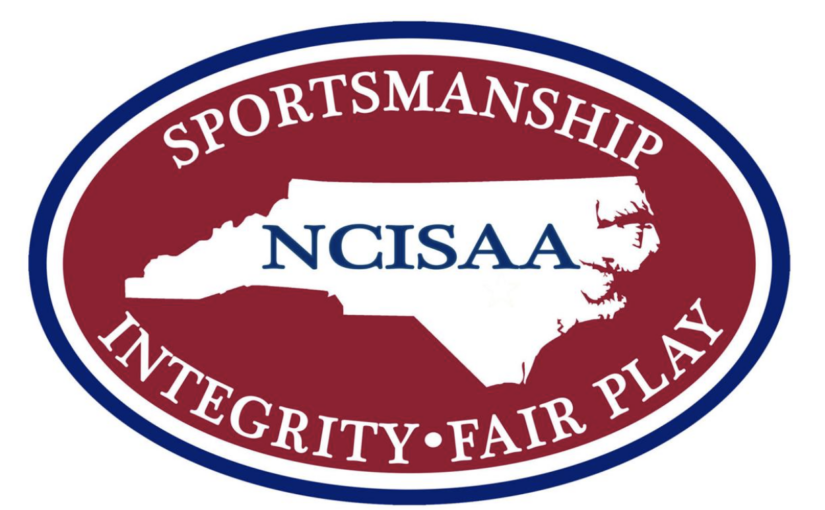American Medical Society for Sports Medicine Makes 1st Statement On Concussions
http://www.medscape.com/viewarticle/777800
An athlete with concussion should not return to practice or competitive play until all symptoms have resolved, in order to avoid the risk for further injury during the vulnerable period before the brain has recovered, the American Medical Society for Sports Medicine (AMSSM) advises in a position statement on concussions in sport.The position statement, published in the January issue of the Clinical Journal of Sport Medicine, “provides an evidence-based, best practices summary to assist physicians with the evaluation and management of sports concussion,” the authors say.
“This is the first statement on concussion from AMSSM,” lead author Kimberly G. Harmon, MD, director, sports medicine fellowship, professor in the Departments of Family Medicine and Orthopedics and Sports Medicine, and team physician, University of Washington, Seattle, told Medscape Medical News.
“There is more and more focus on concussion,” she said. “This [statement] was written specifically to give guidance to the person taking care of athletes with concussion from sideline to office with evidence where available, and when it’s not, this is pointed out, and expert opinion is offered,” added Dr. Harmon.
She said perhaps the biggest unknown is whether there are “significant long-term effects for the vast majority of people who suffer concussions.”
Jeffrey S. Kutcher, MD, associate professor in the Department of Neurology at the University of Michigan, Ann Arbor, and director of Michigan NeuroSport, was a coauthor on the new statement.
“Neurologists are taking care of concussed athletes more than ever before and that trend will certainly continue,” Dr. Kutcher told Medscape Medical News. “Whether it’s acute return to play decisions, management of persistent symptoms, or understanding the long term consequences of head trauma, the neurologist has a critical role to play.
“This AMSSM document provides a framework for many of the sports-related issues with which some neurologists may not be as familiar,” he said.
’No Same Day Return to Play’
The AMSSM position statement defines concussion as a “subset of mild traumatic brain injury…at the less severe end of the brain injury spectrum.” The injury generally resolves completely with time. However, a growing body of research indicates that concussion is followed by a period of increased vulnerability to repeat injury, and sustaining another concussion during this time has been linked to worse outcomes and irreversible damage.
The statement emphasizes that any athlete suspected of having concussion should be immediately removed from play and assessed by a healthcare professional trained in the evaluation and management of concussions.
“Concussion remains a clinical diagnosis best made by a health care provider familiar with the athlete and knowledgeable in the recognition and evaluation of concussion,” Dr. Harmon and coauthors write.
“There is no same day return to play for an athlete diagnosed with concussion,” the statement advises.
It also discusses the evidence and limitations of different types of tests and assessments in athletes with concussion; for many tests, further research is needed to validate their use, the authors note.
The statement supports the use of checklists for assessing concussion symptoms and tracking them over time. Computerized neuropsychological tests can be useful if performed by experts but are not necessary for most athletes with concussions, the authors conclude.
The statement emphasizes the need for complete recovery before return to play for any athlete with concussion.
“The primary concern with early return to play is decreased reaction time leading to increased risk of repeat concussion or other injury and prolongation of symptoms,” the authors say. Symptoms should be completely resolved before the athlete resumes exercise or practice, and return to play should be gradual, with stepwise increases in physical demands, sport-specific activities, and risk of contact.
The statement also notes that there is no evidence that equipment, including helmets or mouth guards, reduces concussion risk. “Greater efforts are needed to educate involved parties including athletes, parents, coaches, officials, school administrators, and health care providers to improve concussion recognition, management, and prevention,” the statement reads.
“We don’t want to over diagnose concussion or withhold athletes from all of the many positive aspects of sport, but at the same time it is important that athletes not play with symptoms of concussion,” Dr. Harmon added in a statement. “We need to continue to research and better understand concussion, prevention and safe participation in sport.”
IOM to Study Youth Concussion
At the same time, the Institute of Medicine (IOM) has formed a committee to study sports-related concussion in youth from elementary school through young adulthood. The committee held its first meeting on January 7.
According to the IOM Web site, the committee will “review the available literature on concussions, in the context of developmental neurobiology, in terms of their causes, relationships to hits to the head or body during sports, and the effectiveness of protective devices and equipment. The committee will also review concussion risk factors, screening and diagnosis, treatment and management, and long-term consequences.”
The committee will provide recommendations to specific agencies and organizations (government and nongovernment) on factors to consider in determining the concussive status of a player. Recommendations will be geared toward research funding agencies, legislatures, state and school superintendents and athletic directors, athletic personnel, military personnel, parents, and equipment manufacturers. The report will also identify the need for further research to answer questions raised during the study process.
The project is sponsored by the Centers for Disease Control and Prevention, Department of Defense, Department of Education, Health Resources and Services Administration, National Athletic Trainers’ Association, National Foundation for the Centers for Disease Control and Prevention, and National Institutes of Health.
“It is extremely important that critical and unbiased science drive the sports concussion issue forward,” Dr. Kutcher says of this development. “The IOM is providing an opportunity to guide clinical care and research initiatives, but like every other effort in this field, care must be taken to start with a critical review of the science and build from there.”







